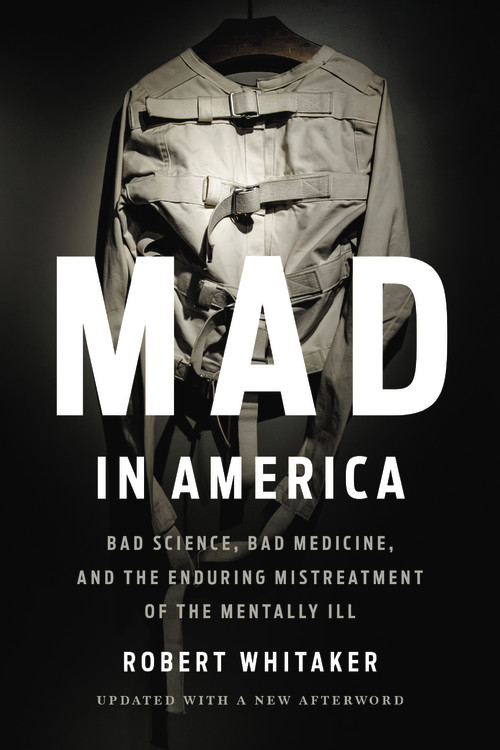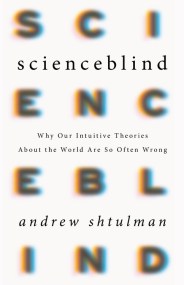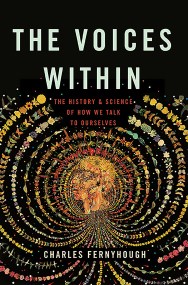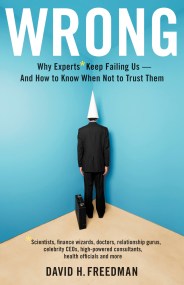Promotion
Shop now and save 20% on your back-to-school purchases & get free shipping on orders $45+ Use code: SCHOOL24
Mad in America
Bad Science, Bad Medicine, and the Enduring Mistreatment of the Mentally Ill
Contributors
Formats and Prices
Price
$19.99Price
$25.99 CADFormat
Format:
- Trade Paperback (Revised) $19.99 $25.99 CAD
- ebook (Revised) $12.99 $16.99 CAD
- Audiobook Download $31.99
This item is a preorder. Your payment method will be charged immediately, and the product is expected to ship on or around September 10, 2019. This date is subject to change due to shipping delays beyond our control.
Also available from:
An updated edition of the classic history of schizophrenia in America, which gives voice to generations of patients who suffered through “cures” that only deepened their suffering and impaired their hope of recovery
Schizophrenics in the United States currently fare worse than patients in the world’s poorest countries. In Mad in America, medical journalist Robert Whitaker argues that modern treatments for the severely mentally ill are just old medicine in new bottles, and that we as a society are deeply deluded about their efficacy.
Schizophrenics in the United States currently fare worse than patients in the world’s poorest countries. In Mad in America, medical journalist Robert Whitaker argues that modern treatments for the severely mentally ill are just old medicine in new bottles, and that we as a society are deeply deluded about their efficacy.
The widespread use of lobotomies in the 1920s and 1930s gave way in the 1950s to electroshock and a wave of new drugs. In what is perhaps Whitaker’s most damning revelation, Mad in America examines how drug companies in the 1980s and 1990s skewed their studies to prove that new antipsychotic drugs were more effective than the old, while keeping patients in the dark about dangerous side effects.
A haunting, deeply compassionate book — updated with a new introduction and prologue bringing in the latest medical treatments and trends — Mad in America raises important questions about our obligations to the mad, the meaning of “insanity,” and what we value most about the human mind.
- On Sale
- Sep 10, 2019
- Page Count
- 384 pages
- Publisher
- Basic Books
- ISBN-13
- 9781541618060
Newsletter Signup
By clicking ‘Sign Up,’ I acknowledge that I have read and agree to Hachette Book Group’s Privacy Policy and Terms of Use







